What Are LED Color Temperatures?
LED color temperatures tell you what shade of white light your bulb will cast. It’s measured in Kelvins (K), and the scale goes from warm to cool. Lower Kelvin numbers mean the light will be warmer and yellower, kind of like the glow from a candle. As the numbers go up, the light becomes cooler and whiter, similar to midday sunlight.
What Does the Kelvin Scale Really Mean for Your Lights?
Kelvin scale starts at about 1,000K, which is super warm, all the way up to 10,000K, which is like a cloudless sky at noon. Here’s what that range means for you:
Cozy Lights for Chilling Out
Warm White (1,000K - 3,000K): This is your go-to for when you want to kick back and relax. These bulbs give off a warm, yellowish light that’s chill and laid-back. Perfect for when you’re lounging in the living room or tucked up in bed with a book.
Clear Light for Getting Stuff Done
Cool White (3,100K - 4,500K): This light is more like mid-morning; it’s not too warm or too cool. It’s just right for seeing things clearly without that clinical feeling. Stick these bulbs in your kitchen or bathroom for a light that’s crisp but still friendly.
Bright Like a Sunny Day
Daylight (4,600K - 6,500K+): Want that ‘it’s a beautiful day outside’ kind of light, inside? These are the bulbs for you. They’re super bright and lean towards a blue hue, which is awesome for places where you need to be alert and focused, like an office or a craft corner.
Shop Our Premium Lighting Collection
Explore our hand-selected bestsellers featuring crystal chandliers, pendant lights, wall scones and authentic alabaster stone:
How to Match LED Lights to Your Space
Picking the right LED lights isn’t just a matter of preference; it’s about what fits your space best. Let’s go through how to evaluate your area to make sure you get the lighting just right:
Measuring Up Your Space
When you’re choosing lights, first look at your room size and then match your bulb’s brightness to it. Here’s a quick guide:
- Small Rooms (up to 10’x10’ or 100 square feet): Aim for LEDs with a soft glow of around 1,000 - 1,600 lumens. If you’re after a snug, warm feeling, pick bulbs in the 2,700K - 3,000K range. This will cast that cozy, amber-like light perfect for small lounges or bedrooms.
- Medium Rooms (up to 15’x20’ or 300 square feet): You’ll want something in the ballpark of 1,600 - 3,000 lumens. Neutral whites around 3,000K - 3,500K work well here, giving you a clean, inviting light—ideal for medium-sized dining rooms or home offices.
- Large Rooms (over 15’x20’ or 300+ square feet): For these areas, look for high-output LEDs starting from 3,000 lumens and upwards. With large spaces, cooler temperatures like 4,000K - 5,000K can mimic natural daylight, making vast living rooms or workshop areas bright and lively.

Considering Room Use and Existing Light
Think about what you usually do in the room you’re lighting up. Is it a place for meals or for sleep? Work or relaxation? Also, take into account any natural pendant light that comes in during the day. Rooms soaked in sunlight might benefit from cooler LEDs to balance out the warm, natural tones during the day.
Color Schemes and Purpose Play a Part
The colors in your room—aqua blues, earthy browns, stark whites—all react differently to light. Warmer LED temperatures can enhance warm-colored rooms, making them feel even cozier. Cooler LEDs can complement rooms with cooler colors, giving everything a crisp, clear look. And remember what you want the mood to be: energizing for exercise rooms or calming for a study nook?
Keeping It Consistent
A mishmash of different color temperatures can make your space feel disjointed. Aim for a consistent lighting scheme throughout each room. That doesn’t mean every light has to be the same color temperature, but they should complement each other. For example, main lights could be one temperature, with accent or task lighting in a slightly different shade to define areas without clashing.
What Are the Best LED Practices for Different Spaces?
Lighting can make or break a space, and the right LEDs are like a secret ingredient for that perfect recipe. Here’s how to tailor your LED selections to different environments, ensuring they serve you well from dawn to dusk.
Residential Areas: A Room-by-Room Breakdown
- Living Room: Aim for a warm, inviting atmosphere with LEDs around 2,700K. Consider dimmable light options to adjust the mood for different occasions.
- Kitchen: Brighter, cooler lights (3,000K to 4,000K) work best here, offering clarity for cooking and a clean look for the heart of the home.
- Bedroom: Soft, warm tones (2,200K to 3,000K) encourage relaxation. An adjustable table lamp with a warmer color temperature can be perfect for reading before bed.
- Bathroom: Cool to neutral white (3,000K to 4,000K) provides the crisp light needed for grooming tasks – just ensure it’s flattering!
Workspaces: Light for Thought and Productivity
- Open Offices: Go for uniformity with a neutral white (3,500K to 4,000K) to reduce eye strain and maintain focus across various tasks.
- Private Offices: Personalize your lighting based on task needs; cooler lights (4,000K to 5,000K) where concentration is required, with the option of warmer accents for casual areas.
Retail and Hospitality: Setting the Scene
- Retail Stores: Highlight products with bright, cool white LEDs (4,000K to 5,000K), but avoid overly harsh lighting that can alter the appearance of items.
- Hotels and Restaurants: Use warmer lights (2,700K to 3,200K) in guest rooms and dining areas for comfort. Cooler whites (3,500K to 4,000K) work well in lobbies and bathrooms for a clean, welcoming vibe.
What Mistakes Should You Steer Clear of When Choosing LED Lights?
Even with the best intentions, it’s easy to trip up when updating your space with LED lights. Dodging these common blunders can save you from lighting woes and help you get the best out of your LEDs.
Mistake 1: Ignore CRI Along With CCT
While color temperature gets your light’s shade right, the Color Rendering Index (CRI) is all about how accurately colors appear under that light. A high CRI (above 80) means colors look more vibrant and true-to-life. So, when you’re picking LEDs, check their CRI rating along with CCT to ensure everything in your room looks its best.
Mistake 2: Forget to Plan Your LED Transition
Switching to LEDs isn’t just about swapping bulbs. It’s also about understanding your space’s lighting needs. Make sure to map out where you need focused task lighting versus ambient light, and consider how your furniture and room layout might affect lighting placement. Without this planning, you might end up with unevenly lit areas or glare.
Mistake 3: Overlook the Mood Effects of Light Color
Light has a profound effect on our mood and energy levels. Cool whites may be invigorating but could make a lounge feel too sterile. Conversely, warm lights might make an office too relaxed, hampering productivity. Think about the psychological impact of light color temperatures and how they align with the activities in each space.
Brighten Up Your Space with the Right LED Choices
Choosing the right LED light is more than just picking a bulb; it’s about making your space work for you. Keep in mind the color temperature and how it’ll make your room feel. Avoid common slip-ups like not thinking about color accuracy (that’s where CRI comes in) or how the light will actually fit in your life. By focusing on these details, you can transform any room into a place that looks good and feels just right.

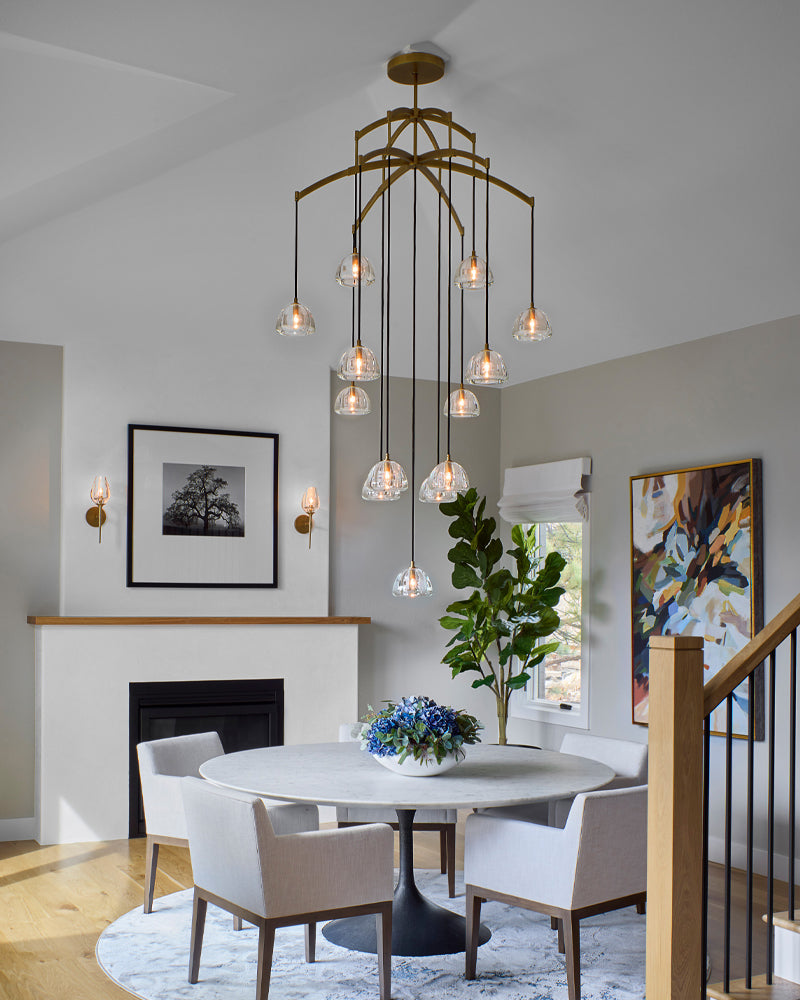
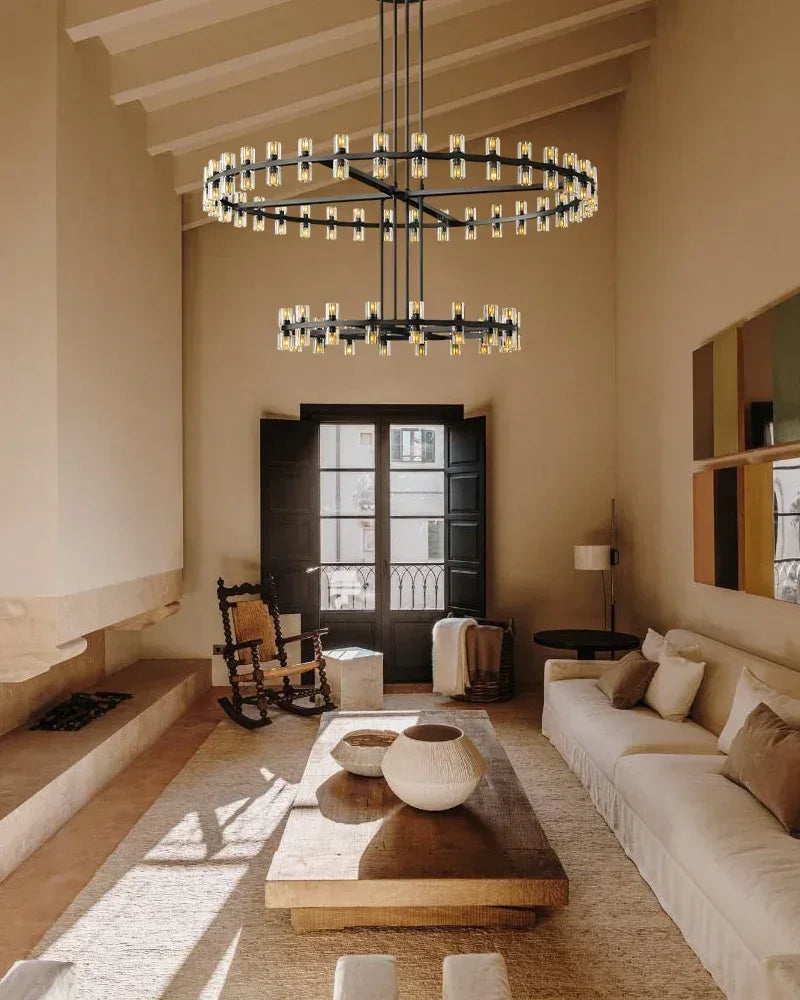
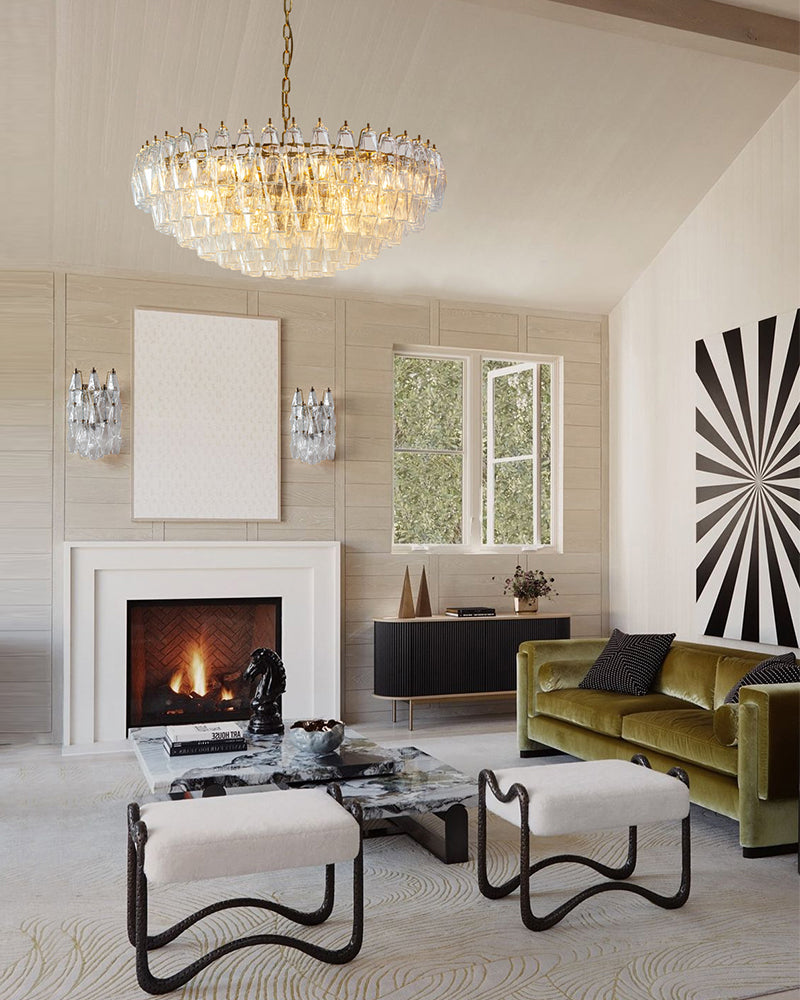
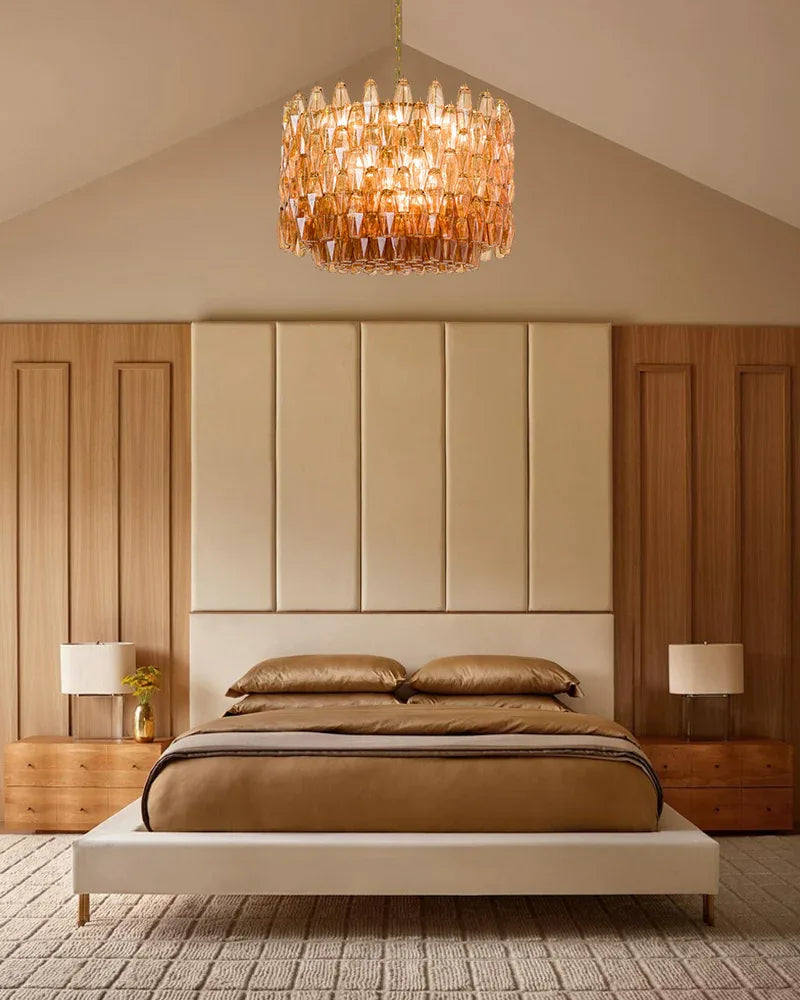
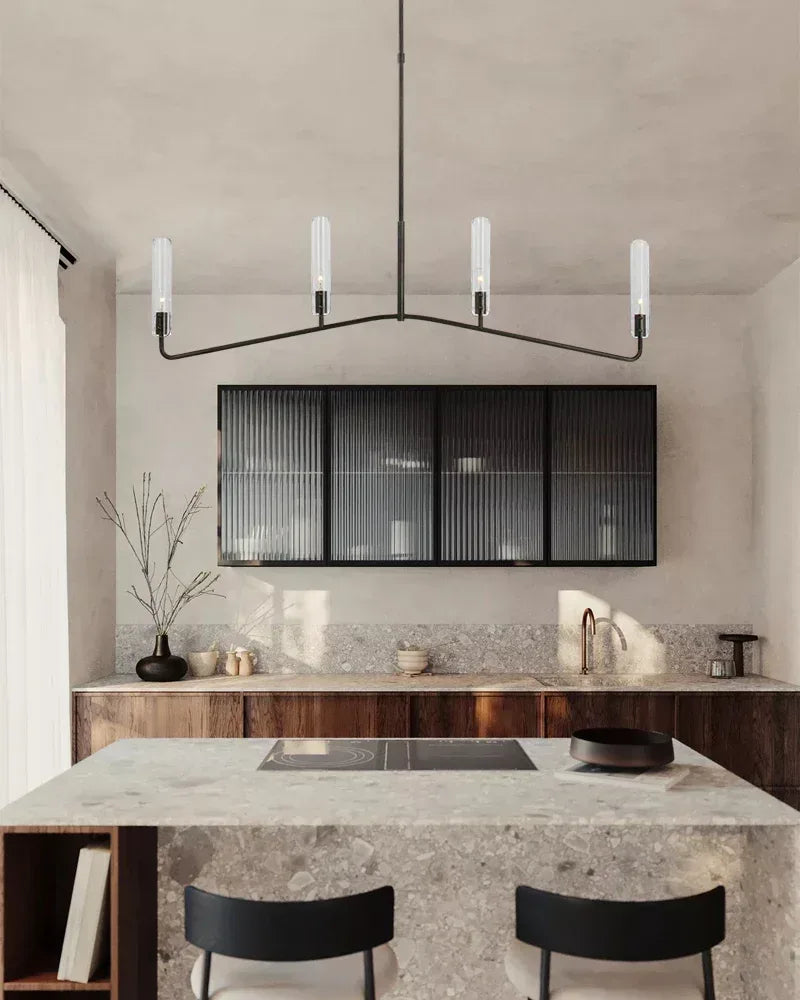
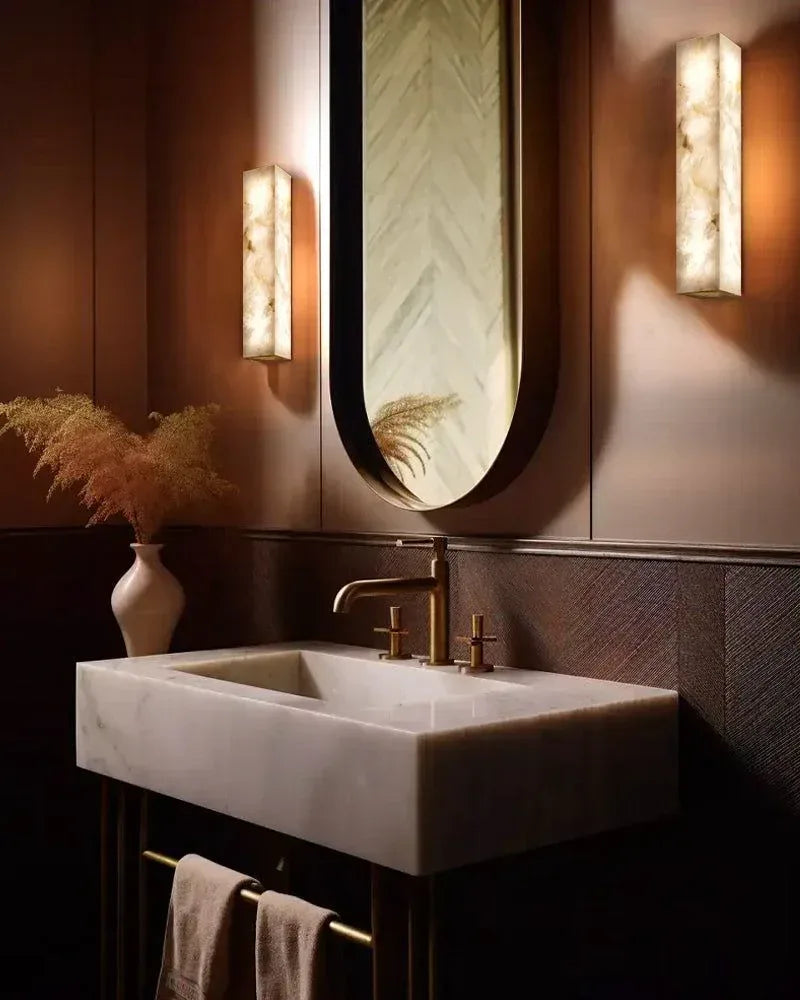

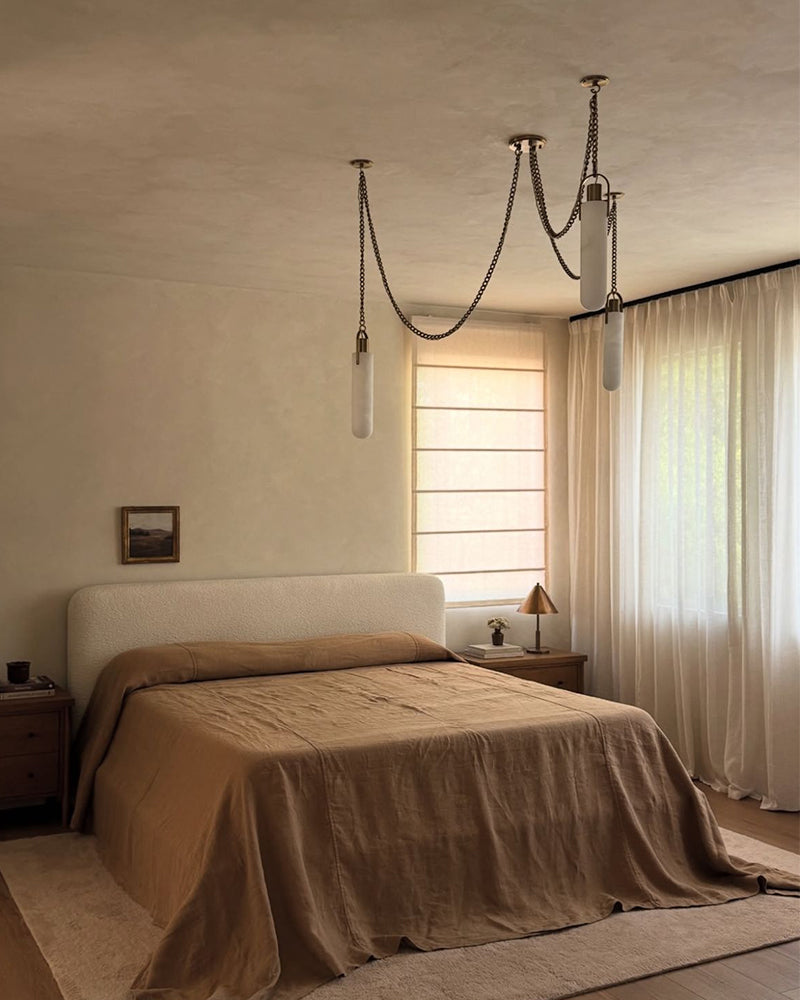
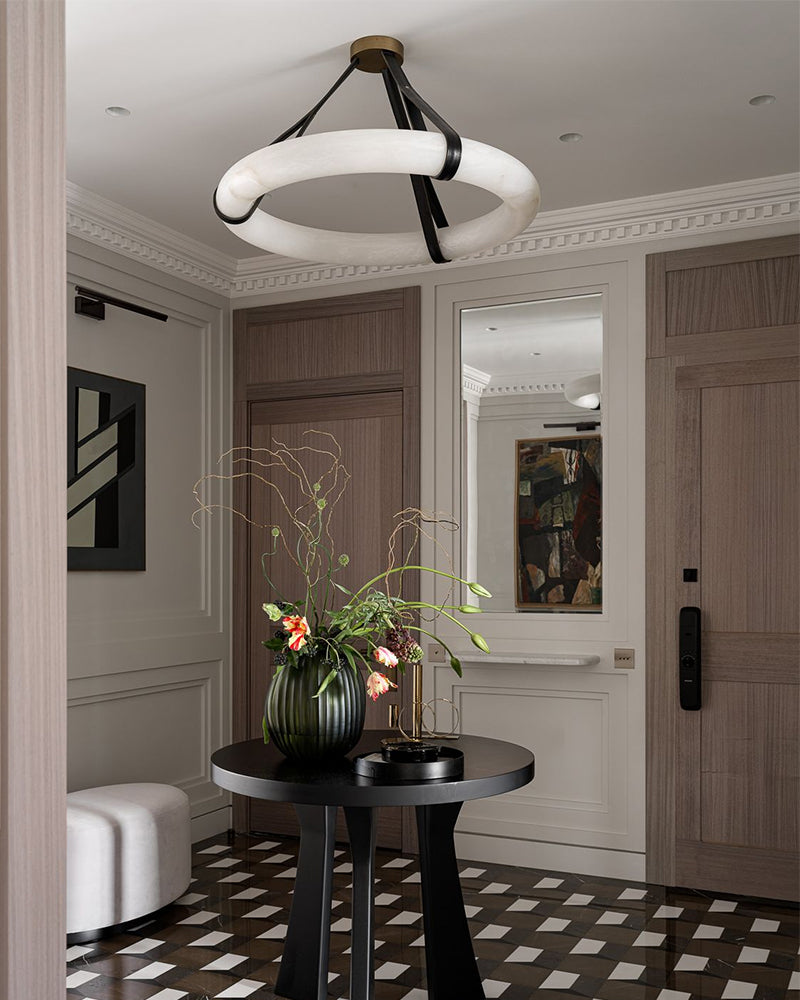
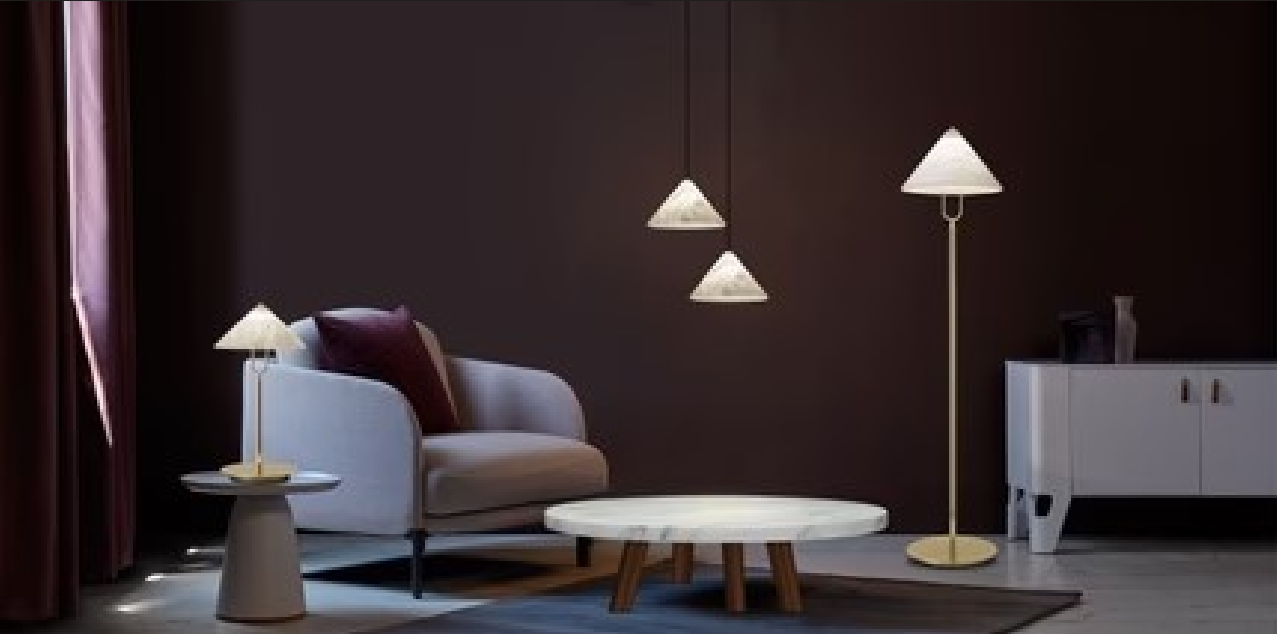
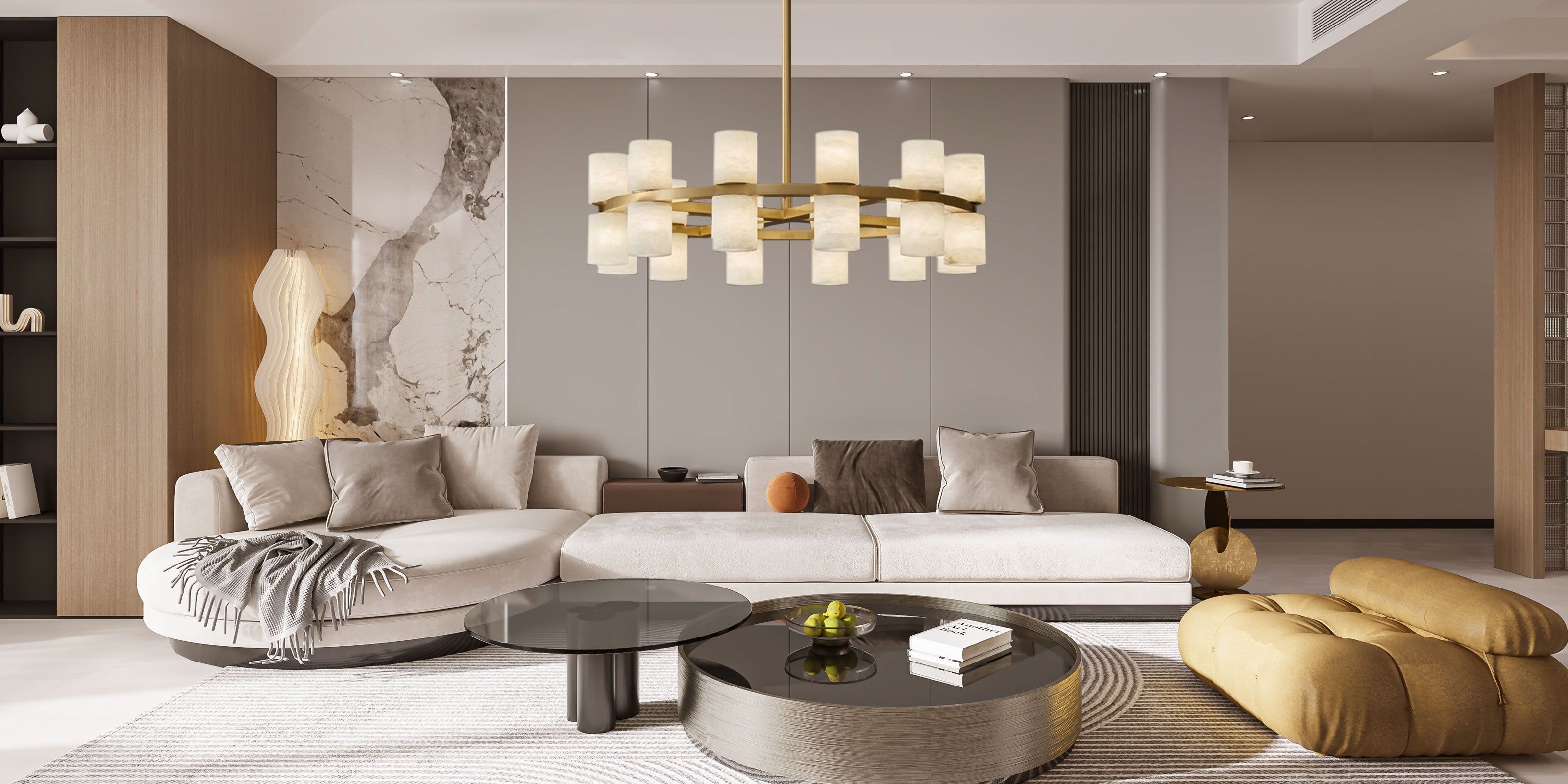

Leave a comment
This site is protected by hCaptcha and the hCaptcha Privacy Policy and Terms of Service apply.